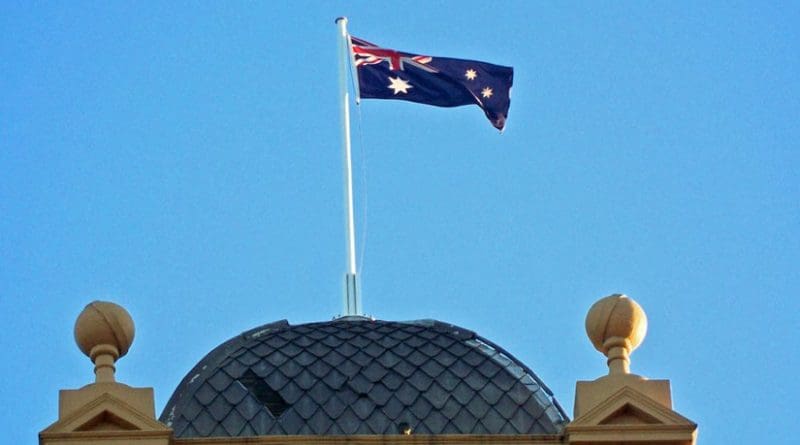The Darwin Bombing: The Hidden Story – OpEd
History is a mannequin with many dresses. These can be removed in the latest fashion or substituted depending on the latest interpretation. As the Polish aphorist and novelist Stanislaw Lec explained, truth tends to remain the same, whatever fashion it is turned out in. For many years, the attack on Darwin by the Imperial Japanese during World War II was scrubbed, washed and powdered of its terrifying effects. On the one hand, the Australian populace had to be convinced that Emperor Hirohito’s armies had the hunger and the ability to march through the wide toasted country of a continent – after all, a suitable defence had to be planned against any onslaught. On the other hand, those oriental savages had to be deemed suitably incompetent and subhuman to be defeated. Surely, they were incapable of such a feat?
More to the point, when the Japanese attacked the northern Australian city of Darwin 70 years ago, they were attacking an asylum of woe and fear. They had assaulted Pearl Harbour with devastating psychological effect. South-east Asia capitulated in two months. Singapore fell in circumstances that stunned Britain and her allies – daring, cunning, sneaky, the Japanese captured Britain’s famed Eastern garrison with bicycle. (How could they do it? Why weren’t they sporting enough to attack where the garrison’s mammoth guns could be trained on them?)
The air raid itself came in two waves. Repeatedly, the narratives that have come up at this commemoration is that more bombs were dropped on Darwin than Pearl Harbour. Such tired comparisons are neither here nor there, but to some, they are vital. ‘We got it more than the Yanks’. They also bolster the sense that the Japanese thought Australia more significant than it was. But, placed in perspective, Darwin was a gnat relative to Pearl Harbour’s terrier in terms of strategic importance.
There were 643 casualties in that raid, the loss of eight ships and twenty aircraft. Of the 243 killed, 88 were American servicemen aboard the USS Peary. Death on the Peary was symbolic, a catalytic force for union. Australian War Memorial historian Karl James saw it as a moment of conjugal realisation. ‘Australian and American forces go all the way back to World War I, so there was a history but they really married in many ways at Darwin’ (Canberra Times, Feb 19).
Between February 1942 and November 1943, the city suffered 64 attacks. The first proved the most destructive. It also shattered what morale there was. A panic ensued. Australia’s brave military personnel fled, preferring to conserve their courage for later use. Mark Day, writing in The Australian (Feb 11), claimed that ‘Australians behaved abominably.’ Looting, desertion, cowardice, and a southern stampede ensued. The NT administrator, Aubrey Abbott, fell well short of expectations as to how to respond. He fiddled and bumbled. An exodus of panicked residents moved towards Adelaide River, 10 km to the south.
Nor was it the RAAF’s finest hour. Its station commander gave unclear orders on meeting at a kitchen station down the main south road. The orders were garbled. Distances were confused in the stupor of terror. Incompetent leadership was demonstrated, as stated by the subsequently appointed commissioner of inquiry Charles Lowe of the Victorian Supreme Court. The outcomes, her surmised, had been ‘deplorable’. To this, as ever, there were accounts of courage, something Lowe was willing to acknowledge.
While the Australian reaction was to retreat south, the suggestion by the formidable General Macarthur was to draw a line in the sand and avoid the local claptrap about the Brisbane Line. The Americans, admired and loathed, muscled in and set up their headquarters in the Pacific. (Australian histories happily minimise them when given a chance, an act of contrived shrinkage.)
In time, the Japanese were repelled and defeated. But the reaction in Darwin after the attack remains concealed, sealed off, too human to contemplate.

